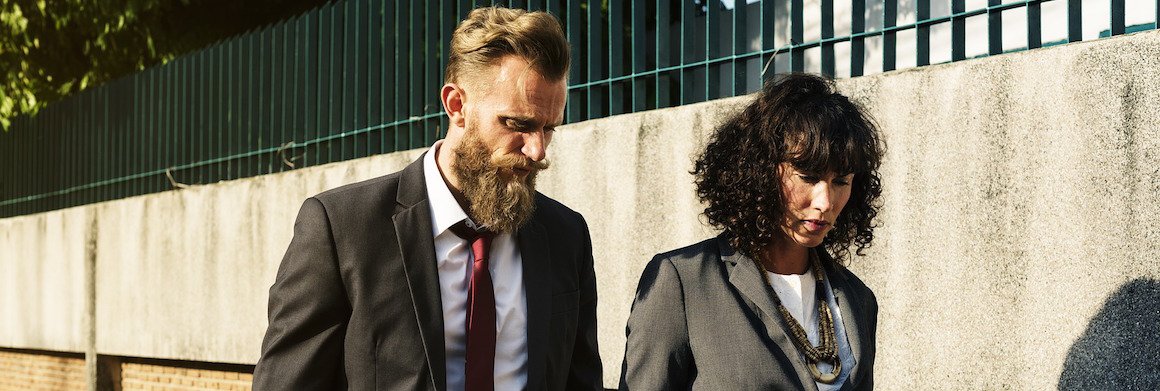Over the last few years, top business schools across the world have worked toward gender parity in their MBA programs—with considerable progress. Many MBA programs now admit more than 30 percent women, and a growing number of leading schools top the 40-percent mark. But amid these strides, another problem has emerged: an academic performance gap between male and female students. Recently, researchers at Columbia Business School (CBS) dug into the gender performance gap issue to understand why it happens and how to fix it.
After completing multiple empirical studies, including a survey of MBA students and a review of performance data, the researchers found that both students’ background and their behavior in class have the biggest impact on the gender performance gap. Further, the researchers found that the performance difference was most evident in technically focused classes, such as accounting and finance, and less so in socially oriented courses, such as leadership and marketing.
According to Michael Morris, CBS leadership professor and one of the study’s authors, the findings shed “new light” on the gender performance gap at top business schools. “But more importantly, they offer business school leaders directions for policies to effectively redress the grade gap,” he continued in a press release.
The researchers found that one of the main reasons behind the performance gap in technically oriented classes was the students’ background. After examining reported interests in both admissions applications and career counseling inventories, the researchers found that female students are more inclined toward the “poet” interest profile, while male students are more inclined toward the “quant.” For top MBA programs, this means that from the first day of class, male and female students come in with different interests, aptitudes, and experiences that will need to be addressed in order to break gender norms.
Gender norms were also a problem when it came to behavior in the MBA program. Researchers found that female students were typically less assertive, which hindered their learning in technical courses.
“Our research shows that female students far too often hold back and hesitate to ask the kinds of questions that would help them better master technical concepts and procedures, perhaps because it is inconsistent with the established gender norms linking men with technical ability. This has a profound effect on their overall achievement in MBA classes,” said author Aaron Wallen, executive director of the management division at Columbia’s School of Professional Studies and a former CBS lecturer.
To truly close the gender gap does not simply mean enrolling 50 percent female students, the researchers noted. Instead, top MBA programs also need to do the following three things:
- Sponsor programs that bring in more technically oriented female candidates.
- Conduct outreach to STEM undergraduate programs.
- Reduce required work experience to enroll younger students.
They also recommended including a training program for both faculty and students to teach them the skills for eliciting and managing participation in the classroom and other work settings.
To learn more about the research study—authored by CBS Professors Wallen, Morris, and Jackson G. Lu and INSEAD Professor Beth A. Devine—click here.





